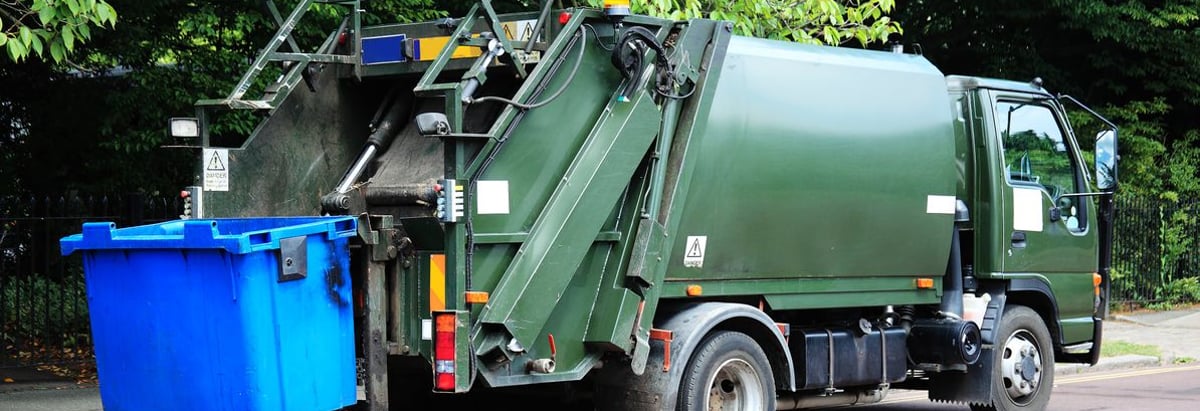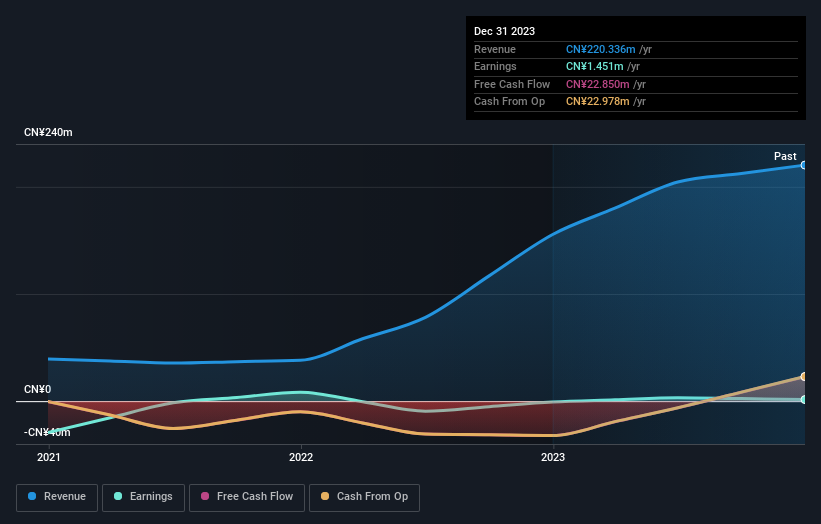- Hong Kong
- /
- Commercial Services
- /
- SEHK:556
Private companies invested in Pan Asia Environmental Protection Group Limited (HKG:556) copped the brunt of last week's HK$119m market cap decline

Key Insights
- Pan Asia Environmental Protection Group's significant private companies ownership suggests that the key decisions are influenced by shareholders from the larger public
- The top 2 shareholders own 56% of the company
- Insiders have been selling lately
To get a sense of who is truly in control of Pan Asia Environmental Protection Group Limited (HKG:556), it is important to understand the ownership structure of the business. With 36% stake, private companies possess the maximum shares in the company. That is, the group stands to benefit the most if the stock rises (or lose the most if there is a downturn).
As a result, private companies as a group endured the highest losses last week after market cap fell by HK$119m.
In the chart below, we zoom in on the different ownership groups of Pan Asia Environmental Protection Group.
View our latest analysis for Pan Asia Environmental Protection Group

What Does The Lack Of Institutional Ownership Tell Us About Pan Asia Environmental Protection Group?
Small companies that are not very actively traded often lack institutional investors, but it's less common to see large companies without them.
There are multiple explanations for why institutions don't own a stock. The most common is that the company is too small relative to funds under management, so the institution does not bother to look closely at the company. On the other hand, it's always possible that professional investors are avoiding a company because they don't think it's the best place for their money. Institutional investors may not find the historic growth of the business impressive, or there might be other factors at play. You can see the past revenue performance of Pan Asia Environmental Protection Group, for yourself, below.

Pan Asia Environmental Protection Group is not owned by hedge funds. Looking at our data, we can see that the largest shareholder is Praise Fortune Limited with 36% of shares outstanding. Guanfei Liang is the second largest shareholder owning 20% of common stock, and Zhanfeng Wen holds about 8.1% of the company stock.
After doing some more digging, we found that the top 2 shareholders collectively control more than half of the company's shares, implying that they have considerable power to influence the company's decisions.
While it makes sense to study institutional ownership data for a company, it also makes sense to study analyst sentiments to know which way the wind is blowing. As far as we can tell there isn't analyst coverage of the company, so it is probably flying under the radar.
Insider Ownership Of Pan Asia Environmental Protection Group
The definition of an insider can differ slightly between different countries, but members of the board of directors always count. The company management answer to the board and the latter should represent the interests of shareholders. Notably, sometimes top-level managers are on the board themselves.
Insider ownership is positive when it signals leadership are thinking like the true owners of the company. However, high insider ownership can also give immense power to a small group within the company. This can be negative in some circumstances.
Our most recent data indicates that insiders own a reasonable proportion of Pan Asia Environmental Protection Group Limited. Insiders own HK$233m worth of shares in the HK$832m company. We would say this shows alignment with shareholders, but it is worth noting that the company is still quite small; some insiders may have founded the business. You can click here to see if those insiders have been buying or selling.
General Public Ownership
With a 36% ownership, the general public, mostly comprising of individual investors, have some degree of sway over Pan Asia Environmental Protection Group. While this size of ownership may not be enough to sway a policy decision in their favour, they can still make a collective impact on company policies.
Private Company Ownership
We can see that Private Companies own 36%, of the shares on issue. Private companies may be related parties. Sometimes insiders have an interest in a public company through a holding in a private company, rather than in their own capacity as an individual. While it's hard to draw any broad stroke conclusions, it is worth noting as an area for further research.
Next Steps:
It's always worth thinking about the different groups who own shares in a company. But to understand Pan Asia Environmental Protection Group better, we need to consider many other factors. Be aware that Pan Asia Environmental Protection Group is showing 3 warning signs in our investment analysis , and 1 of those is a bit unpleasant...
If you would prefer check out another company -- one with potentially superior financials -- then do not miss this free list of interesting companies, backed by strong financial data.
NB: Figures in this article are calculated using data from the last twelve months, which refer to the 12-month period ending on the last date of the month the financial statement is dated. This may not be consistent with full year annual report figures.
New: Manage All Your Stock Portfolios in One Place
We've created the ultimate portfolio companion for stock investors, and it's free.
• Connect an unlimited number of Portfolios and see your total in one currency
• Be alerted to new Warning Signs or Risks via email or mobile
• Track the Fair Value of your stocks
Have feedback on this article? Concerned about the content? Get in touch with us directly. Alternatively, email editorial-team (at) simplywallst.com.
This article by Simply Wall St is general in nature. We provide commentary based on historical data and analyst forecasts only using an unbiased methodology and our articles are not intended to be financial advice. It does not constitute a recommendation to buy or sell any stock, and does not take account of your objectives, or your financial situation. We aim to bring you long-term focused analysis driven by fundamental data. Note that our analysis may not factor in the latest price-sensitive company announcements or qualitative material. Simply Wall St has no position in any stocks mentioned.
About SEHK:556
Pan Asia Environmental Protection Group
Sells environmental protection (EP) products and equipment in the People’s Republic of China.
Flawless balance sheet with acceptable track record.

